HAMPTON, Va. — Justice Alexander, a senior at Granby High School in Norfolk, Virginia, felt something come over him as the bus carrying 21 of his classmates entered the grounds of Fort Monroe on the Chesapeake Bay.
Sure, Alexander knew the facts of the place: Four centuries ago, in 1619, a ship called the White Lion crossed the Atlantic Ocean from central Africa with “twenty and odd” souls. Aboard that ship were the first enslaved Africans torn from their homes arriving in what was then called Point Comfort, in the Virginia colony.
But Alexander’s feelings were overwhelming, even if only briefly.
When the bus rolled onto the property, Alexander, 18, said, “it was like …” He made a sound that intimated discomfort. “I felt it. I felt it. It was just a little off. It was kind of surreal, knowing enslaved people got off boats here. It hit me.”
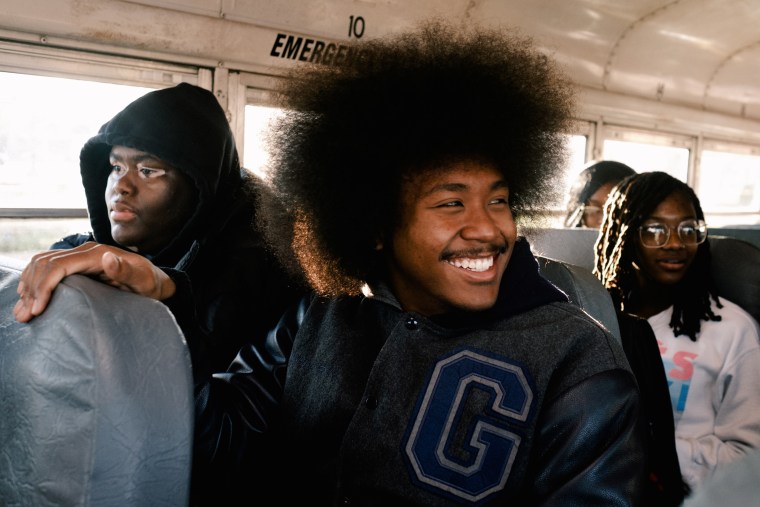
Alexander and his bus full of Advanced Placement African American studies classmates embarked on a field trip that, by its very nature, would be controversial in many high schools across the country. Visiting the site that signifies the beginning of generations of chattel slavery in the U.S., and talking about the impacts of systematic enslavement could even violate some states’ educational policies. But that is why Edwin Allison, the teacher behind this trip, knows taking his students to this site is crucial to their education.
“When your school is 20 minutes from this historic place, it makes sense to take them there so they can see it and feel it. It makes a big difference,” Allison said.
Alexander walked along the expansive bay, looking out across the water at Norfolk to his right, Virginia Beach on the left. The dark grayish waves were quiet on this brilliantly sunny but cold day. The breeze was strong, forcing people to wrap up and pushing Alexander’s ‘70s-style Afro about.
“Just being here and thinking about what they were thinking; it had to be extremely scary and confusing,” Alexander said. “They had been forced from their country, thrown onto ships and then taken across the ocean here. Right here. Thinking about it while standing here makes you feel their pain.”
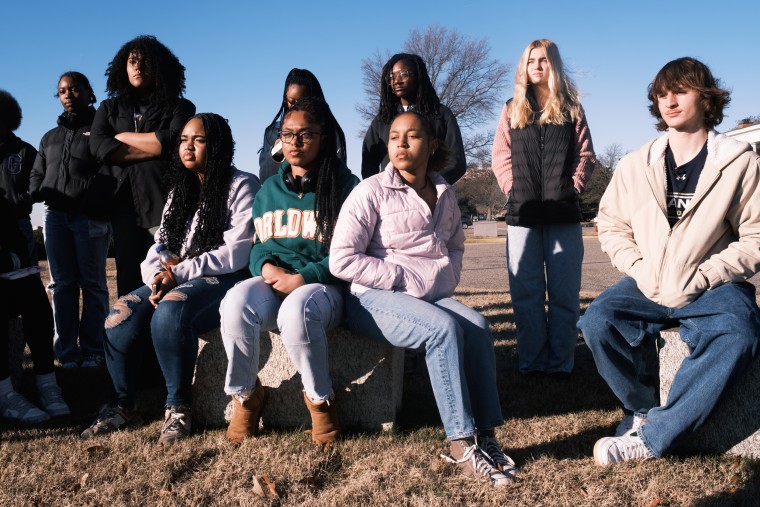
That is a reason why Allison, a veteran African American history teacher at Granby High, last month took his students to this historic site, parts of which former President Barack Obama declared a national monument in 2011.
These days Fort Monroe is a small town unto itself, with houses, a museum, parks, a pier and even a restaurant. But during the Civil War, the fort had the unique — and perhaps ironic — distinction of being a Union Army base in Confederate territory. Three enslaved men sought and received refuge at the start of the war. They had been considered “contraband” who were free of their plantation owners. It earned the name Freedom’s Fortress because hundreds of enslaved people fled there to escape slavery.
Virginia Gov. Glenn Youngkin ordered that the pilot program for AP African American studies classes be reconsidered, but ultimately allowed the program to proceed, stepping out of line with other conservative-run states, such as Florida. Nonetheless, Allison, who teaches this course, insists the foundation of it is empowering to all students — and not detrimental to anyone — and the trip to Fort Monroe strengthened those thoughts.
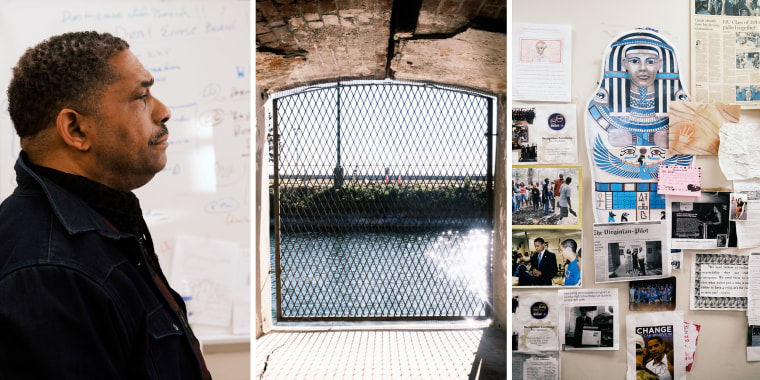
Going to Fort Monroe, Alexander said, added depth to his life and outlook. “The trip reinforced what I already knew about the true nature of slavery in this country,” he said. “I see how precarious my position is as a Black person in America. That’s empowering.”
NBC News accompanied them on the trip, where four students said the excursion left them feeling both emotional and inspired to encourage all other students to engage with learning African American history. They say the course will break down barriers and enlighten students, and not foster guilt among white people, which has been a common refrain for proponents of tempering the course.
“That is the strength of this course,” Alexander said. “You learn, but it’s learning that will stay with you and have an impact on you and how you look at the world.”
Allison, 62, has been teaching at Granby High for 26 years. One of the highlights of his career came in 2008, when Obama visited his classroom while on the campaign trail. Allison’s class was chosen because of his work with peer mediators and his student-mentor class.
“An honor I will never forget,” Allison said.
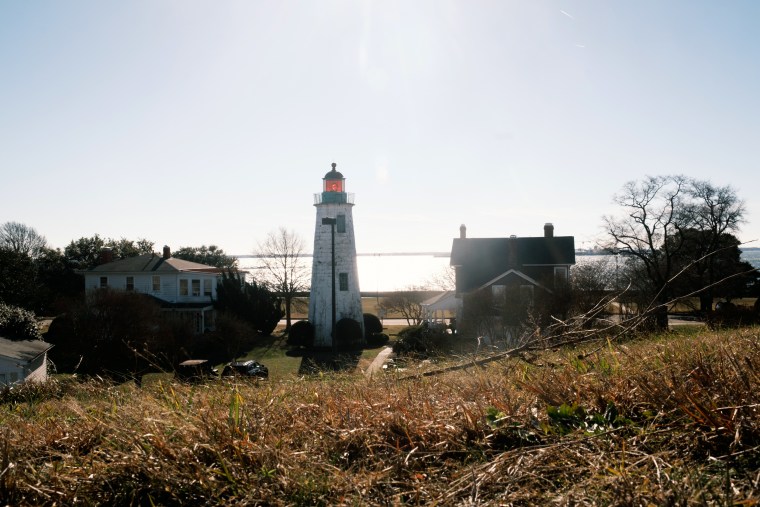
His passion for teaching Black history is fueled by his students’ eagerness to learn it. During class the day before visiting Fort Monroe, he stalked the aisles as he lectured and challenged his students to share their opinions on how they understood freedom. At Fort Monroe, he milled among the students on the tour, imparting bits of added depth to the information shared by the guide. He laughed with them. He bought some of them lunch.
“Teaching is a blessing for me,” Allison said. “It’s intrinsic. When kids come back 10, 15 years later and say, ‘Mr. Allison, you were a part of my success,’ that’s powerful.”
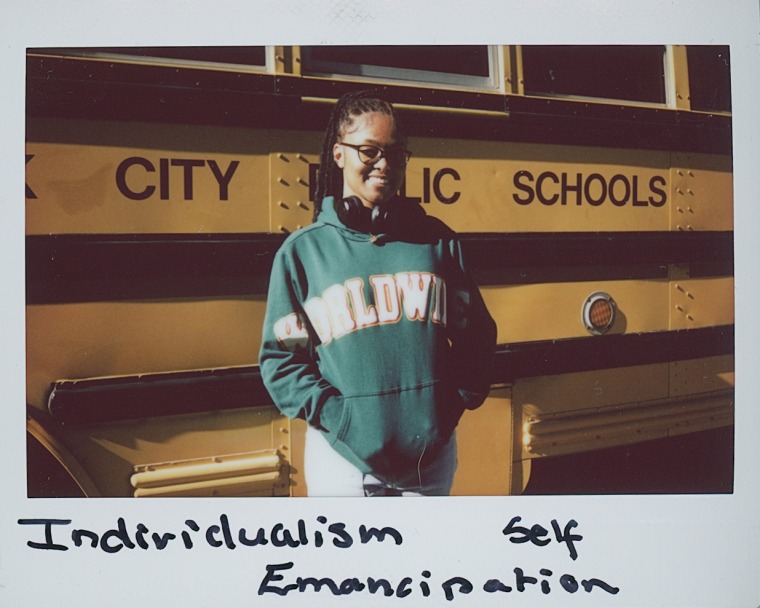
Alexander is the oldest of three children. A Granby football player with a 4.6 grade point average, he works with the Down Syndrome Association of Hampton Roads. His father’s father hails from Trinidad, his mother from St. Lucia. He was named Justice “because it fits into how my dad wanted my world to be shaped.”
The power of learning Black history for Alexander resonates in how he speaks about it. “I took this course to have a better understanding of my history as a Black person in America,” he said. Until now, he said, so much of Black history had “been glossed over — there’s hardly any real mention of slavery and its impact in most history classes. So, getting this greater context and perspective is eye-opening.”
His classmate Ariyana Roman said she was miffed that she did not know Fort Monroe existed.
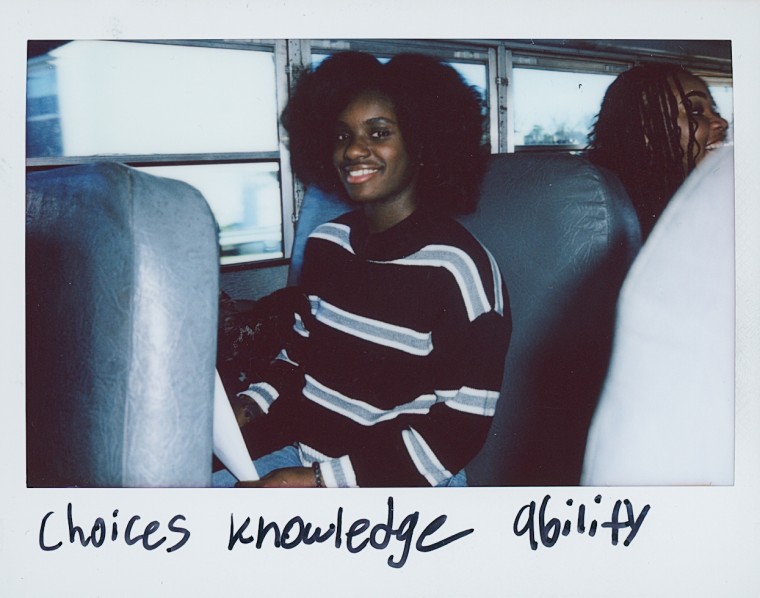
“I have lived in Virginia for 11 years and I had no clue this was here, and I’ve taken regular history courses for years,” Roman, 17, said.
If anything, Allison’s teaching has only helped her feel more empowered.
“Everything I learn in this class enhances who I am,” Roman said. “The class acknowledges all that’s happened and how we can learn and be better for it. It’s acknowledging what Black people are capable of. And it’s basically explaining what’s going on now in America. Our history sets our future to do better.”
A leader at school and home, her voice is the loudest in a family that has stressed Blackness since she was a child.
“I believe that my voice is everything,” Roman said. “My knowledge has shaped me to be powerful and to be a leader. Every moment I learn is another person learning with me. I am a mentor, a sister and a Black woman. In all these roles of my life, my Black history and what I know has helped me not only shape me to become a better person, but it helps me teach others … about civil rights, justice and Black history.”
At 17, Malaundra Cook, an activist heavily involved with her school’s Black Student Union, also knows her voice. Her energy is infectious. She speaks fast and with conviction.
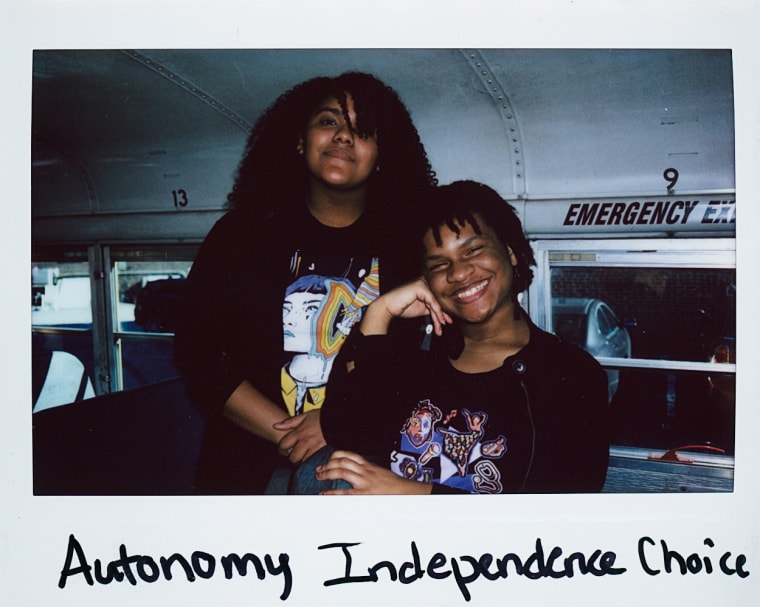
“There’s no better way to learn your history than to actively be a part of it,” she said. “Walking in the footsteps that my ancestors had previously was quite the experience. It brought some emotions to the surface, standing where slavery both started and started to end for many people.”
The trip added value to the class she took, she said, “because it focuses on my own story of Black people and where we come from — the real stories. There’s more to us than great people like Harriet Tubman and Nat Turner. … We came from a lot. Our history isn’t just about slavery.”
It’s that resilience of everyday people, she said, that she finds empowering “because you learn how strong we are.”
Lilliana Garza was the baby of the bunch on this trip — 15 years old. Her views of the world are shaped by her mother’s insight on racism.

Allison says Garza is “a superstar” because she’s so mature for her age, beyond her years in poise and knowledge. She knows the political backdrop in which this class takes place, and that in a handful of states, teaching such history is becoming increasingly outlawed.
“A lot of people are threatened by this class — people who want their children to be sheltered from a lot of harsh truths about the formation of this country,” Garza said. “I think they are afraid of what happens when an oppressed people are empowered by their history.”
Over lunch at a café on the grounds, Garza said the trip there was an example of the value of the course.
“It didn’t change my views about slavery. Being able to see the impact of slaves and those newly freed in a preserved site only reminded me of how grateful I am for standing in modern society. Being here is not just a textbook or teaching from a whiteboard,” she said. “We actually got to see firsthand the foundation of what this location was built upon — skilled enslaved people. It’s an experience that you don’t get in other classes.”
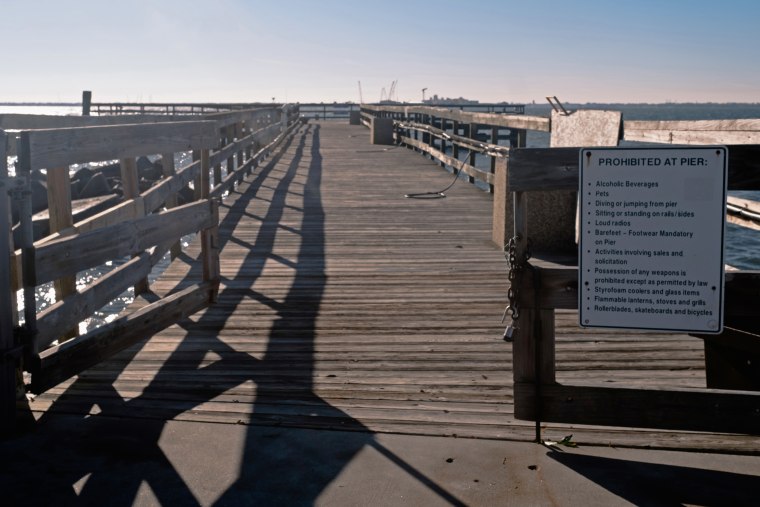
It’s also rare that a teacher would express his emotions through tears. More than a few times, Allison has allowed the weight of Black history to pour out.
“The tears come from various places,” Allison said. “Anger. Deep pain. Frustration. Caring. They can all come together at once.”
“He’s cried, and I understand why,” Alexander said. “It’s very powerful stuff he’s teaching. He’s talking about this day in and day out, educating us. There is pain in talking about what Black people have endured. There’s anger in having to go through what we did and still do have to go through. It has to wear on him.”
Roman, who is also one of Allison’s student mentors, said her teacher has made an impression on her life beyond the classroom.
“He has an understanding of history better than any teacher I’ve had,” she said. “What I learn in this class I’m able to use outside of it as well. And I know how much he cares — about the class and about us. So I would say this class is special, taught by a special man.”
For more from NBC BLK, sign up for our weekly newsletter.

